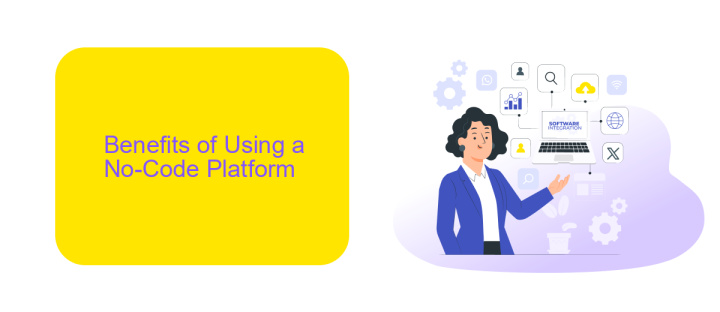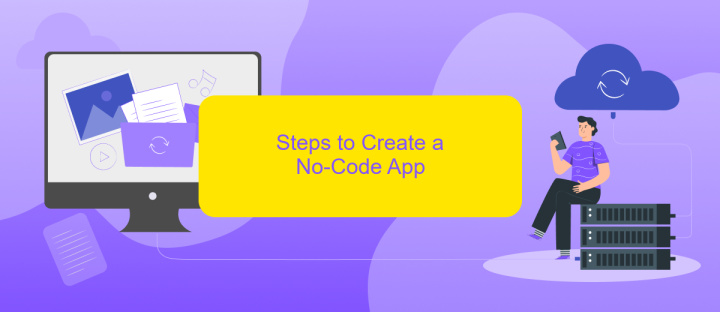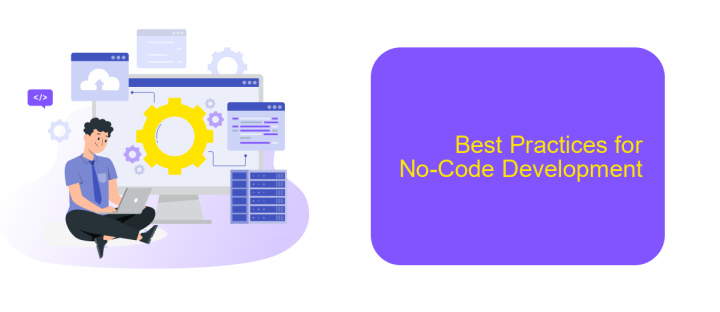Create No-Code Apps
In today's fast-paced digital world, the demand for custom applications is skyrocketing. However, not everyone has the technical skills to code. Enter no-code platforms—tools that empower anyone to create fully functional apps without writing a single line of code. This article explores the benefits, features, and potential of no-code app development for businesses and individuals alike.
Introduction to No-Code App Development
No-code app development is revolutionizing the way individuals and businesses create software. This approach allows users to build applications without writing a single line of code, making it accessible to those without technical expertise. With intuitive drag-and-drop interfaces, anyone can design, develop, and deploy apps swiftly and efficiently.
- Ease of use: No-code platforms are user-friendly and require no programming skills.
- Cost-effective: Reduces the need for hiring expensive developers.
- Speed: Accelerates the development process significantly.
- Flexibility: Easily customizable to meet specific needs.
- Integration: Seamlessly connects with other tools and services, like ApiX-Drive, to automate workflows.
One of the key advantages of no-code development is the ability to integrate various services effortlessly. For instance, ApiX-Drive enables users to connect their apps with numerous other platforms, streamlining data transfer and automating tasks. This enhances productivity and allows businesses to focus on growth rather than technical challenges. Embrace no-code development to unlock new possibilities and drive innovation.
Benefits of Using a No-Code Platform

No-code platforms offer a myriad of benefits for individuals and businesses looking to develop applications without the need for traditional coding skills. One of the primary advantages is the significant reduction in development time. By utilizing intuitive drag-and-drop interfaces, users can quickly assemble complex applications, cutting down the time from conception to deployment. This efficiency not only accelerates project timelines but also reduces costs associated with hiring specialized developers.
Another key benefit is the ease of integration with other tools and services. Platforms like ApiX-Drive facilitate seamless connectivity between various applications, enabling automated workflows and data synchronization. This allows users to create robust, interconnected systems without writing a single line of code. Additionally, no-code platforms empower non-technical team members to contribute to the development process, fostering greater collaboration and innovation within organizations. Overall, the accessibility and versatility of no-code platforms make them an invaluable asset in today's fast-paced digital landscape.
Steps to Create a No-Code App

Creating a no-code app can be an efficient way to bring your ideas to life without the need for extensive programming knowledge. Here are the essential steps to get you started:
- Define Your App's Purpose: Clearly outline what your app will do and who it will serve. This will guide your design and functionality decisions.
- Choose a No-Code Platform: Select a no-code platform that suits your needs, such as Bubble, Adalo, or Glide. These platforms offer various templates and drag-and-drop features.
- Design Your App: Use the platform's design tools to create the user interface. Focus on user experience and ensure your app is intuitive and easy to navigate.
- Configure Integrations: Use services like ApiX-Drive to connect your app with other tools and services. This can enhance functionality by automating workflows and data transfers.
- Test Your App: Before launching, thoroughly test your app to identify and fix any bugs. Gather feedback from potential users to make necessary improvements.
- Launch and Promote: Once satisfied with your app, publish it on relevant platforms and promote it through various channels to reach your target audience.
By following these steps, you can create a functional and user-friendly no-code app that meets your goals and serves your users effectively.
Best Practices for No-Code Development

No-code development allows individuals to create applications without traditional programming. To maximize the potential of no-code tools, it's essential to follow best practices that ensure efficiency and scalability.
Firstly, start with a clear plan. Define your app's purpose, target audience, and key features before diving into development. This will save time and prevent unnecessary revisions.
- Choose the right no-code platform that fits your requirements.
- Utilize templates and pre-built components to speed up development.
- Regularly test your app to identify and fix issues early.
- Leverage integration tools like ApiX-Drive to connect your app with other services seamlessly.
- Document your development process for future reference and scalability.
Finally, stay updated with the latest no-code trends and community best practices. Join forums and attend webinars to continuously improve your skills. By adhering to these best practices, you'll be well-equipped to build robust and efficient no-code applications.
Examples of No-Code Applications
No-code applications have revolutionized various industries by enabling users to create functional tools without any programming knowledge. For instance, platforms like Bubble and Adalo allow users to build fully-featured web and mobile apps through drag-and-drop interfaces. These tools provide pre-built elements and workflows, making it easy to design and deploy applications quickly. Users can create anything from simple landing pages to complex marketplaces, all without writing a single line of code.
Another powerful example is the use of no-code automation tools like ApiX-Drive. This service allows users to automate workflows between different applications. For example, you can set up integrations to automatically transfer data from your CRM to your email marketing tool, or sync information between your e-commerce platform and accounting software. ApiX-Drive simplifies the integration process, making it accessible to users who have no technical background, thereby streamlining business operations and enhancing productivity.
FAQ
What is a no-code app?
Do I need any programming skills to create a no-code app?
Can no-code apps be integrated with other services and tools?
Are no-code apps scalable for business use?
What types of applications can I build with no-code platforms?
Apix-Drive is a universal tool that will quickly streamline any workflow, freeing you from routine and possible financial losses. Try ApiX-Drive in action and see how useful it is for you personally. In the meantime, when you are setting up connections between systems, think about where you are investing your free time, because now you will have much more of it.

